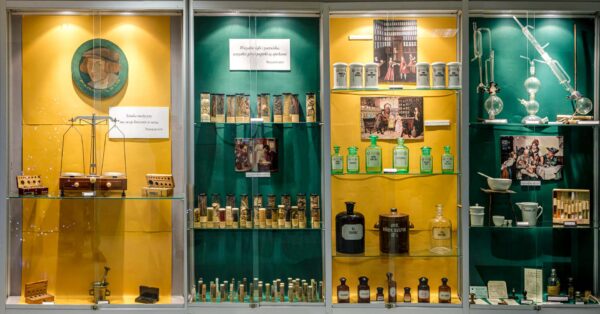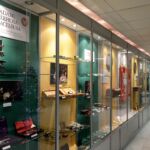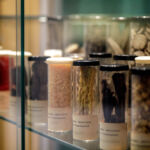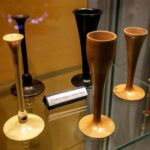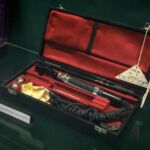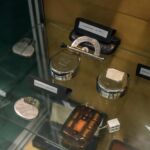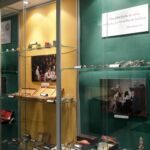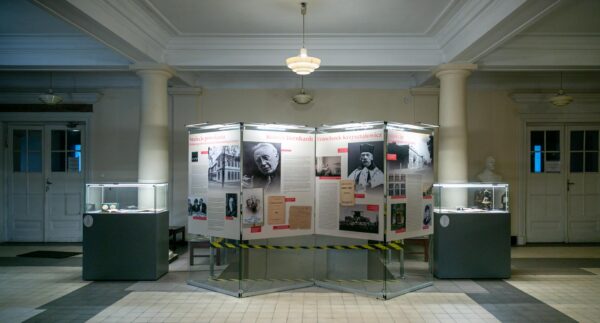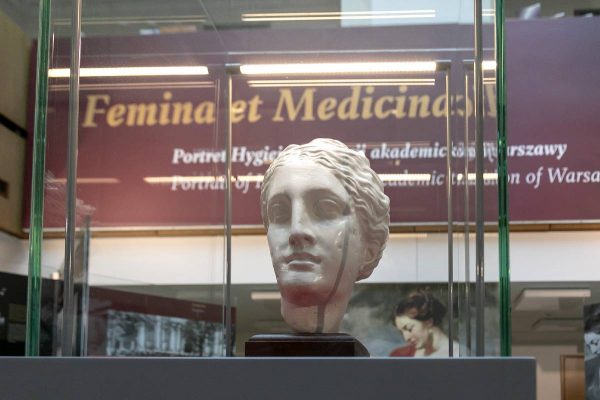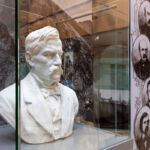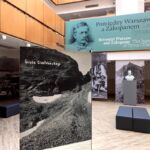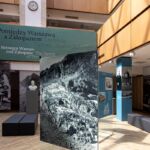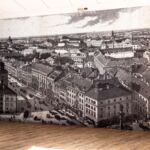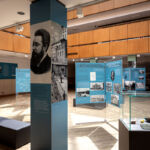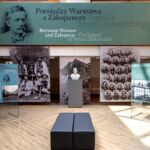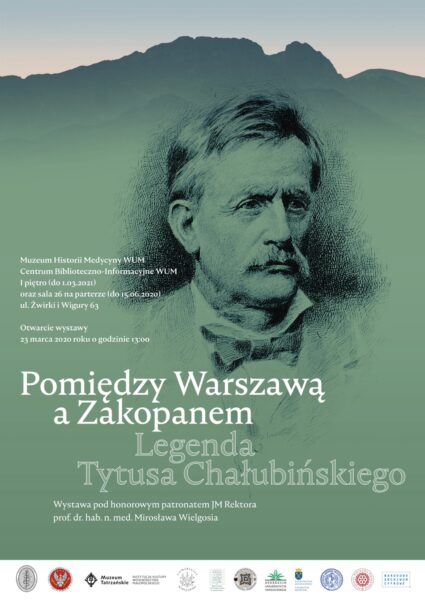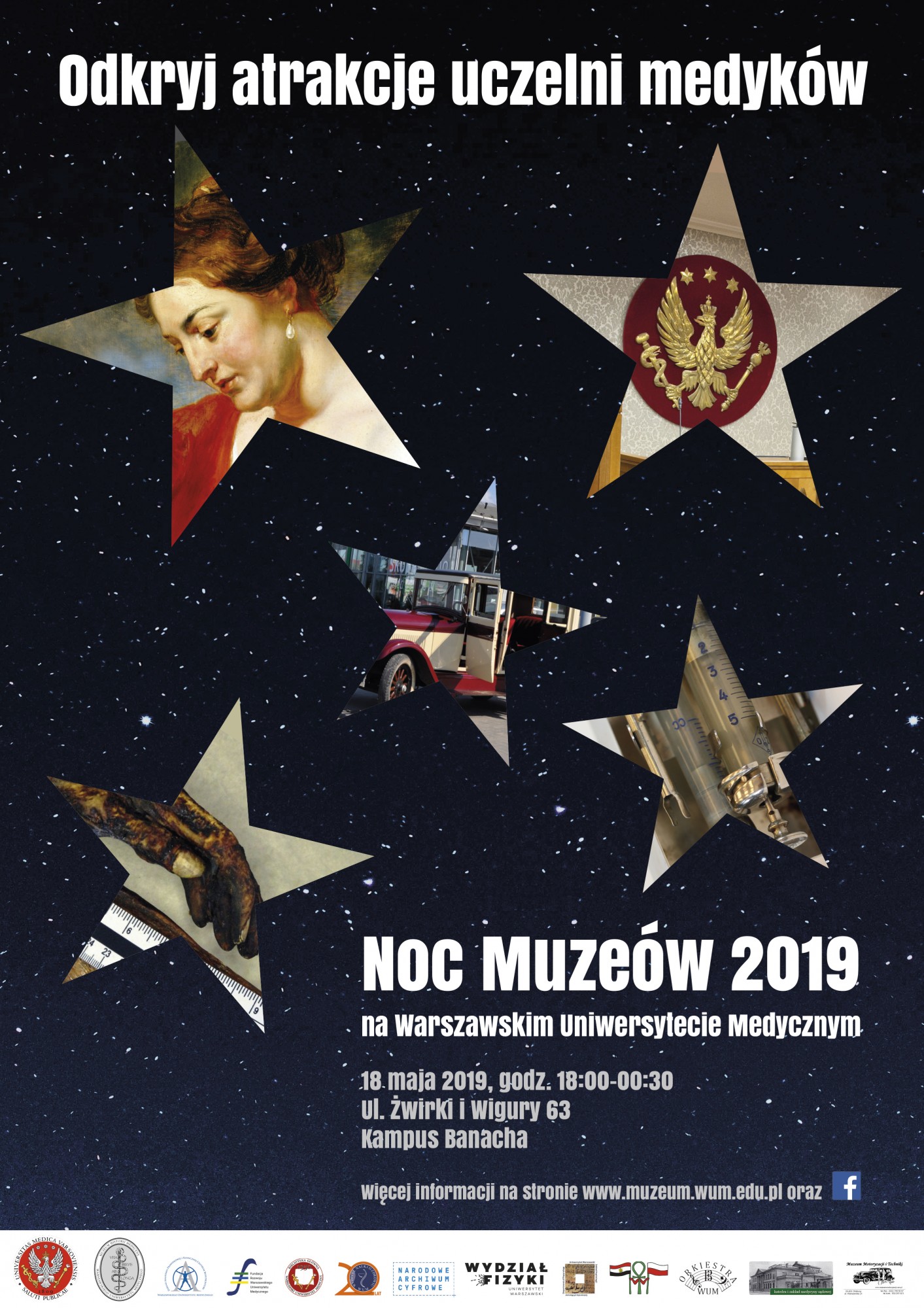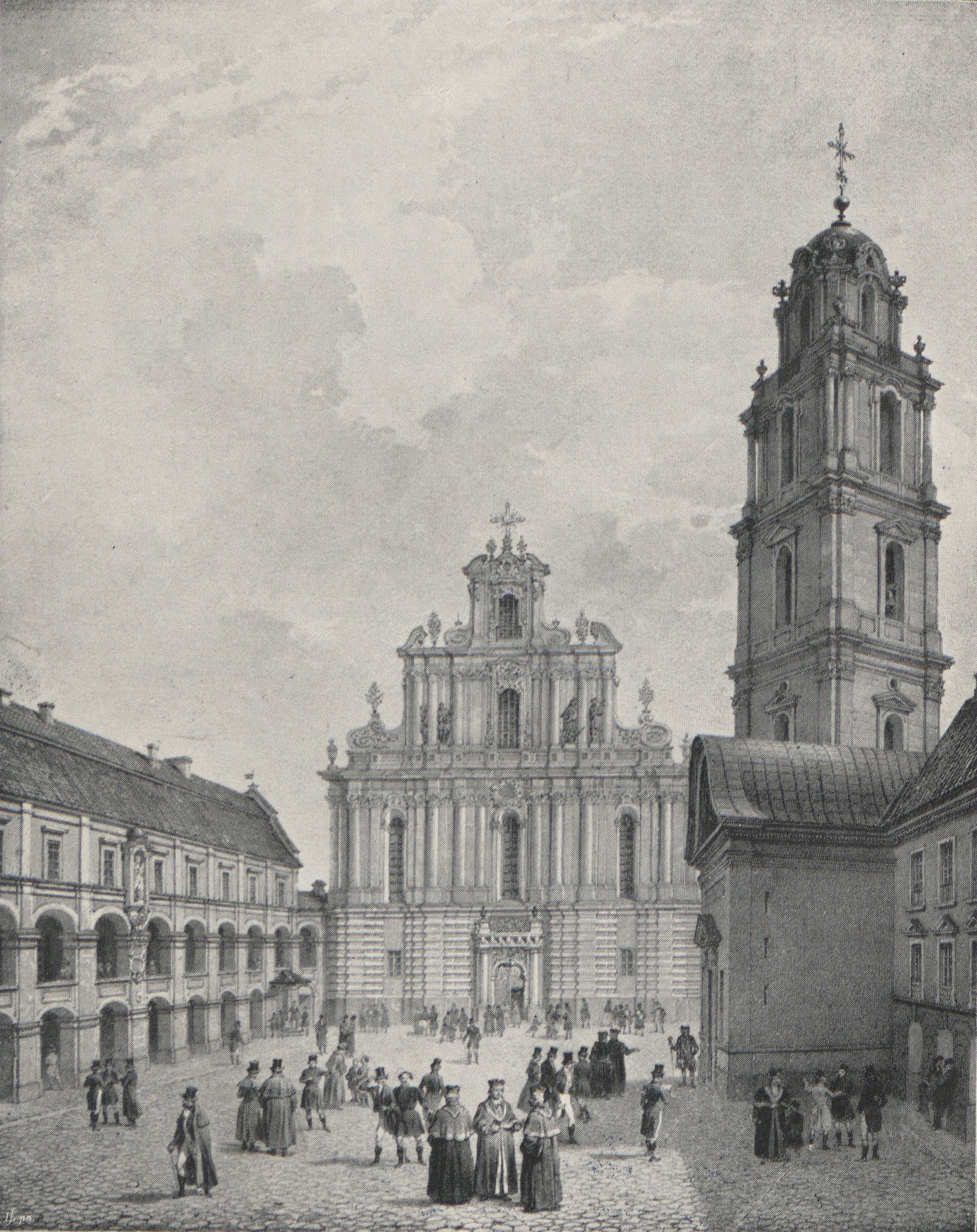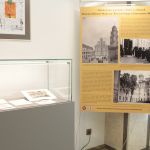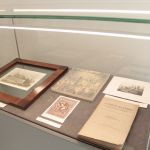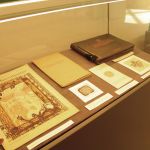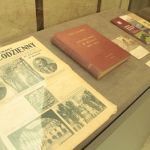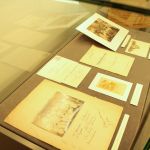
The Museum of the History of Medicine at the Medical University of Warsaw (WUM) warmly invites you to the opening of the exhibition 1920–2020. One hundred years of teaching internal medicine. Mściwój Semerau-Siemianowski – the father of modern cardiology, which will take place on 13 January at 1 pm, at the WUM Educational Centre, first floor, at 2a Trojdena Street.
The exhibition is under the honorary patronage of Rector Prof. Mirosław Wielgoś.
Over 100 years ago, at the beginning of the 1918/1919 academic year, Dr Mściwój Semerau-Siemanowski begins working as assistant professor under Professor Kazimierz Rzętkowski (1870–1924) at the Second Clinic of Internal Medicine of the University of Warsaw which had been established in The Holy Spirit Hospital (Pol: Szpital św. Ducha) on Elektoralna Street. At this clinic, Mściwój Semerau-Siemianowski develops utilitarian methods for carrying out cardiac and cardiovascular examinations, and adds the relatively recently discovered (i.e. only a dozen or so years earlier) electrocardiographic (ECG) examination to the routine tests undergone by patients. From 1920, for the first time in the history of the university, he gives lectures on physical examinations of internal medicine patients, although not yet officially a university teacher. So, symbolically, it could be said that we are celebrating the centenary of modern teaching of internal medicine and the diagnostic testing of research into the circulatory system at our Alma Mater.
Thirty years later cardiology becomes a separate discipline from internal medicine. However, already in the 1920s and 1930s, after the death of his superior, Dr. Mściwój Semerau-Siemianowski lays the foundations of cardiology very firmly.
In 1922, he publishes a dissertation: On the activities of intrinsically beating chambers of the human heart: a pharmacological and physio-pathological study, which became the basis of his post-doctoral thesis (habilitation). Shortly afterwards, the young university teacher begins giving his own lectures on the diagnostics and therapy of cardiovascular diseases. As of the 1924/25 academic year, he establishes and takes over the management of the Department of Internal Diseases in the new St Lazarus Hospital on Książęca Street – the first department in Poland to specialize in cardiovascular diseases, with separate analytical, radiological, electrocardiographic, haematological and resting metabolism laboratories. There was also a room set up at the centre for experimental testing on animals. The laboratories were partially equipped at his own expense.
In 1935 he withdraws from some of the didactic lectures in internal medicine, devoting himself exclusively to cardiological issues – in the years 1936–38 he runs the first two-week postgraduate training course in Poland for cardiologists. However, the establishment of independent structures of Polish cardiology is interrupted by the outbreak of the Second World War. Professor Mściwój Semerau-Siemianowski revists the idea immediately after the war, after returning to Warsaw in 1949.
In 2020, exactly 70 years will have passed since 15 January 1950 when the Cardiology Department of the Society of Polish Internal Medicine Practitioners (Towarzystwa Internistów Polskich – TIP) – the leading centre of internal medicine in Warsaw – was established under Professor Mściwój Semerau-Siemanowski at the Second Clinic of Internal Medicine of the University of Warsaw. In addition to the chairman, the Department included three students and associates of the Master: Jerzy Jakubowski (Vice-President), Dmitri Aleksandrov (Secretary) and Edward Żera (Treasurer). Therefore seventy years ago the formal process of setting cardiology apart from internal medicine began, and four years later the newly-established Society of Polish Internal Medicine Practitioners (TIP) became the Polish Society of Cardiology (PTK). This was officially confirmed on 28 February 1954. We shall be reminding you about all of this at the exhibition marking the centenary and 70th anniversary being held within the walls of the Medical University of Warsaw.
Prof. Krzysztof J. Filipiak
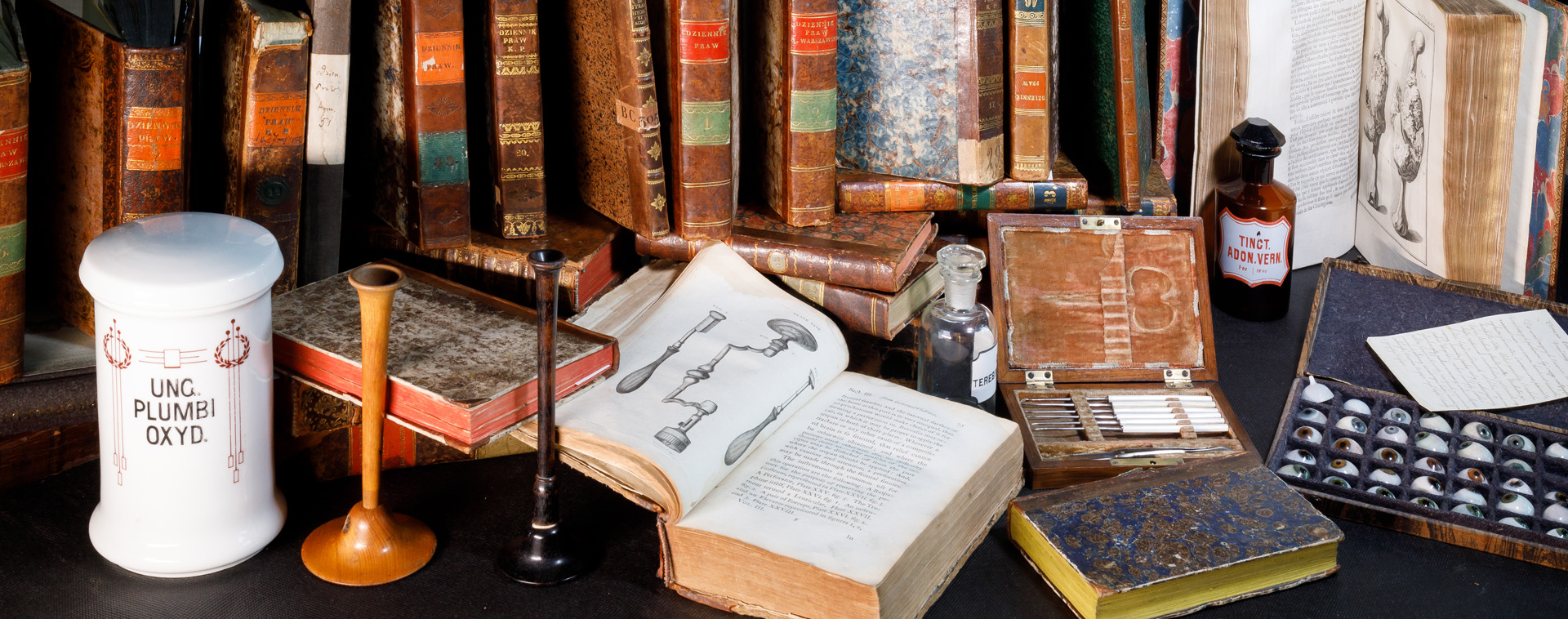
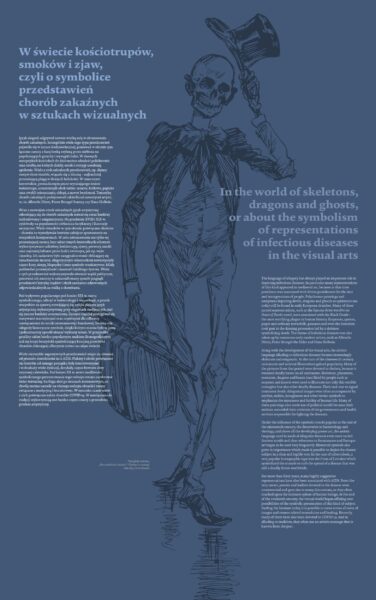 We would like to present our new online exhibition entitled “In the world of skeletons, dragons and ghosts, or about the symbolism of representations of infectious diseases in visual arts.” Due to the current epidemiological situation, it is currently only available in the virtual world, but after returning to normality (we hope as soon as possible), we invite you to see it at the Medical University of Warsaw – in the Library and Information Center.
We would like to present our new online exhibition entitled “In the world of skeletons, dragons and ghosts, or about the symbolism of representations of infectious diseases in visual arts.” Due to the current epidemiological situation, it is currently only available in the virtual world, but after returning to normality (we hope as soon as possible), we invite you to see it at the Medical University of Warsaw – in the Library and Information Center.